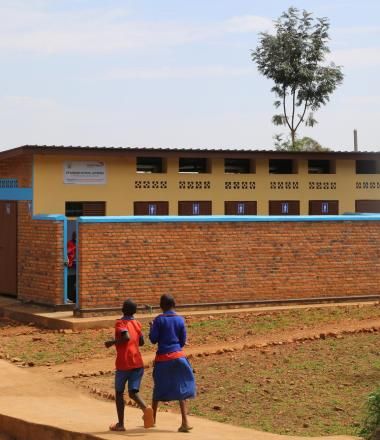
Sanitation
Why Sanitation?
Without proper sanitation, families and communities are trapped in a cycle of disease and poverty. When women and children have no choice but to defecate in the open or in a poorly constructed facility, they are exposed to many risks to their health and safety. Poor sanitation puts children at risk of diarrhoeal disease, the second leading cause of death in children under five years old, as well as chronic conditions like malnutrition and stunting. A lack of private facilities exposes women and children to risk of violence and abuse.

Our Approach
At World Vision we believe every person should have access to a safe, private and dignifying toilet.
In our 2021-2025 business plan we have scaled up our work in sanitation, focusing on both building the demand for sanitation services and ensuring a sustainable supply of affordable household
Global Facts:
- 3.5 billion people do not have safely managed sanitation at home
- Without a safe toilet nearby, women and children are at risk of sexual violence, harassment and abuse
- 1 in 3 schools lacks basic sanitation facilities, causing many girls to drop out or miss school every month once they start menstruating
- 780 million people have no sanitation service at their healthcare facility
- Untreated human waste contaminates surface and groundwater resources, which are sources of drinking water for billions of people around the world
- Every $1 invested in basic sanitation in rural areas returns more than $5 in increased productivity and saved medical costs (Hutton et al 2015)
Source: WHO/UNICEF Joint Monitoring Programme for Water Supply, Sanitation and Hygiene (JMP)